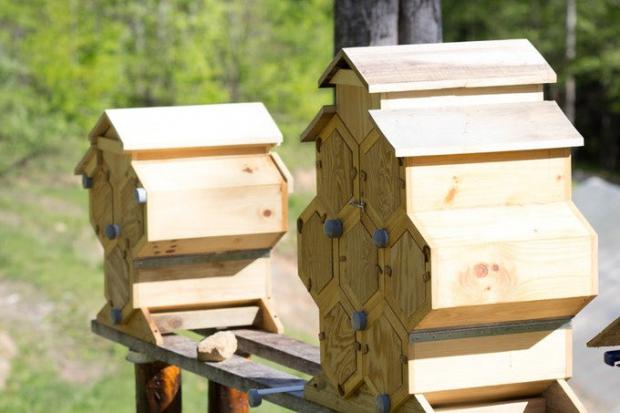
Breaking News
 Paper Silver IMPLODES: Experts Predict HUNDREDS PER OUNCE is Coming
Paper Silver IMPLODES: Experts Predict HUNDREDS PER OUNCE is Coming
 Trump Does it Again (and Again)
Trump Does it Again (and Again)
 International Judicial Authority Declares mRNA Injections Are Biological And Technological...
International Judicial Authority Declares mRNA Injections Are Biological And Technological...
 What Nobody Tells You About Homesteading
What Nobody Tells You About Homesteading
Top Tech News
 3D Printed Aluminum Alloy Sets Strength Record on Path to Lighter Aircraft Systems
3D Printed Aluminum Alloy Sets Strength Record on Path to Lighter Aircraft Systems
 Big Brother just got an upgrade.
Big Brother just got an upgrade.
SEMI-NEWS/SEMI-SATIRE: October 12, 2025 Edition
 Stem Cell Breakthrough for People with Parkinson's
Stem Cell Breakthrough for People with Parkinson's
 Linux Will Work For You. Time to Dump Windows 10. And Don't Bother with Windows 11
Linux Will Work For You. Time to Dump Windows 10. And Don't Bother with Windows 11
 XAI Using $18 Billion to Get 300,000 More Nvidia B200 Chips
XAI Using $18 Billion to Get 300,000 More Nvidia B200 Chips
 Immortal Monkeys? Not Quite, But Scientists Just Reversed Aging With 'Super' Stem Cells
Immortal Monkeys? Not Quite, But Scientists Just Reversed Aging With 'Super' Stem Cells
 ICE To Buy Tool That Tracks Locations Of Hundreds Of Millions Of Phones Every Day
ICE To Buy Tool That Tracks Locations Of Hundreds Of Millions Of Phones Every Day
 Yixiang 16kWh Battery For $1,920!? New Design!
Yixiang 16kWh Battery For $1,920!? New Design!
 Find a COMPATIBLE Linux Computer for $200+: Roadmap to Linux. Part 1
Find a COMPATIBLE Linux Computer for $200+: Roadmap to Linux. Part 1
Modular hexa-hives claimed to be better for your bees

The Honeycomb Hives system is designed to tackle bee colony losses by making hives which apparently keep pests out, get rid of condensation and which retain heat more efficiently – all problems which can be a bane to honey bees.
As you may have guessed, the hexagonal shape is the key. Take condensation, for example. The creators of Honeycomb Hives reckon flat-top hives will cause condensation to drip back down onto the bees, which can be lethal to them in winter (I'm no bee expert, but a spot of Googling seems to confirm that this is indeed a thing.) A hexagonal prism affords an angled roof, so the condensation runs down these and the side walls, causing less damage.



